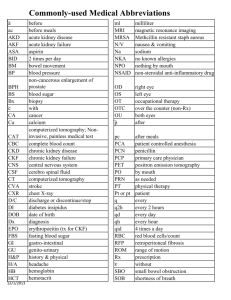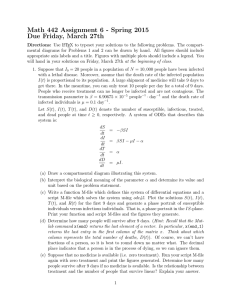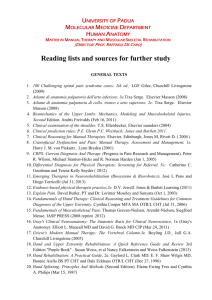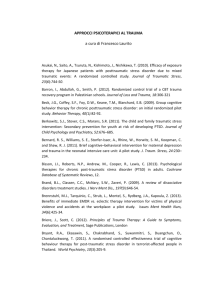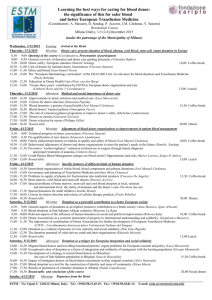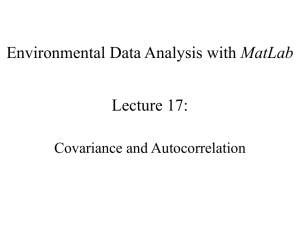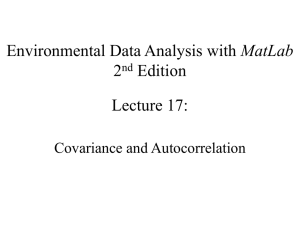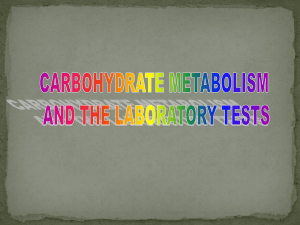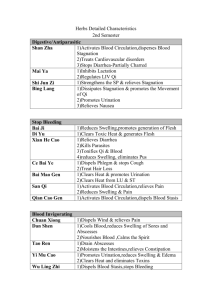Presentazione di PowerPoint
advertisement
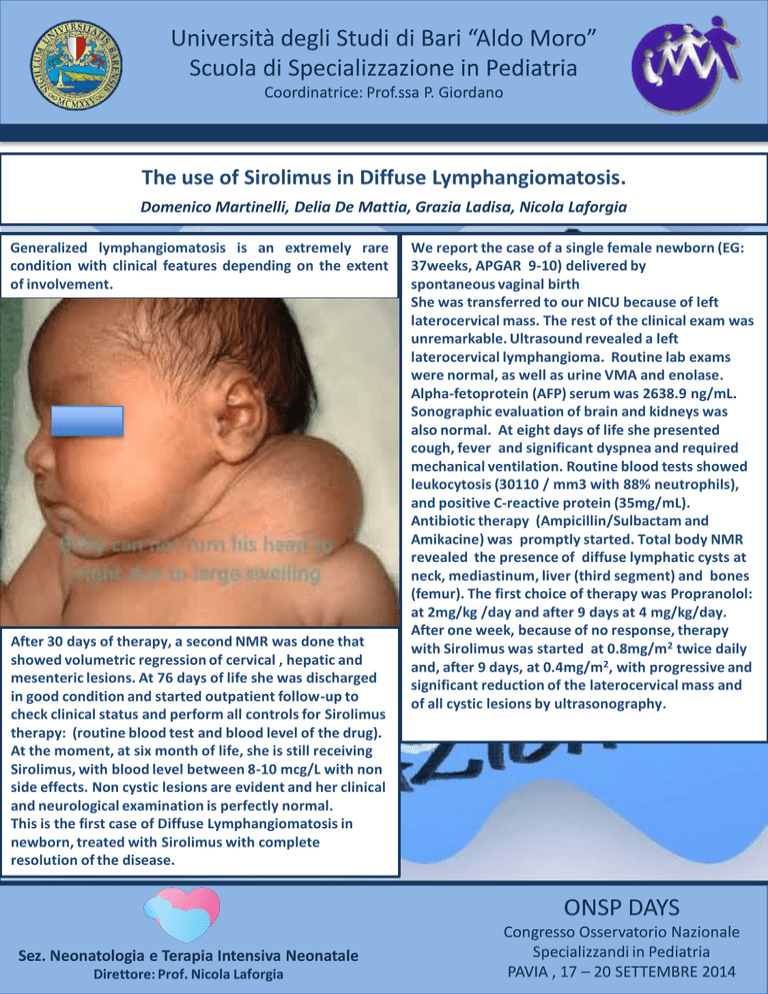
Università degli Studi di Bari “Aldo Moro” Scuola di Specializzazione in Pediatria Coordinatrice: Prof.ssa P. Giordano The use of Sirolimus in Diffuse Lymphangiomatosis. Domenico Martinelli, Delia De Mattia, Grazia Ladisa, Nicola Laforgia Generalized lymphangiomatosis is an extremely rare condition with clinical features depending on the extent of involvement. After 30 days of therapy, a second NMR was done that showed volumetric regression of cervical , hepatic and mesenteric lesions. At 76 days of life she was discharged in good condition and started outpatient follow-up to check clinical status and perform all controls for Sirolimus therapy: (routine blood test and blood level of the drug). At the moment, at six month of life, she is still receiving Sirolimus, with blood level between 8-10 mcg/L with non side effects. Non cystic lesions are evident and her clinical and neurological examination is perfectly normal. This is the first case of Diffuse Lymphangiomatosis in newborn, treated with Sirolimus with complete resolution of the disease. We report the case of a single female newborn (EG: 37weeks, APGAR 9-10) delivered by spontaneous vaginal birth She was transferred to our NICU because of left laterocervical mass. The rest of the clinical exam was unremarkable. Ultrasound revealed a left laterocervical lymphangioma. Routine lab exams were normal, as well as urine VMA and enolase. Alpha-fetoprotein (AFP) serum was 2638.9 ng/mL. Sonographic evaluation of brain and kidneys was also normal. At eight days of life she presented cough, fever and significant dyspnea and required mechanical ventilation. Routine blood tests showed leukocytosis (30110 / mm3 with 88% neutrophils), and positive C-reactive protein (35mg/mL). Antibiotic therapy (Ampicillin/Sulbactam and Amikacine) was promptly started. Total body NMR revealed the presence of diffuse lymphatic cysts at neck, mediastinum, liver (third segment) and bones (femur). The first choice of therapy was Propranolol: at 2mg/kg /day and after 9 days at 4 mg/kg/day. After one week, because of no response, therapy with Sirolimus was started at 0.8mg/m2 twice daily and, after 9 days, at 0.4mg/m2, with progressive and significant reduction of the laterocervical mass and of all cystic lesions by ultrasonography. ONSP DAYS Sez. Neonatologia e Terapia Intensiva Neonatale Direttore: Prof. Nicola Laforgia Congresso Osservatorio Nazionale Specializzandi in Pediatria PAVIA , 17 – 20 SETTEMBRE 2014
